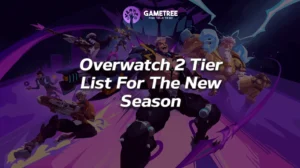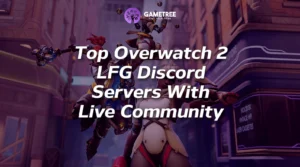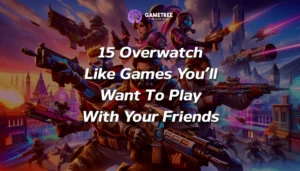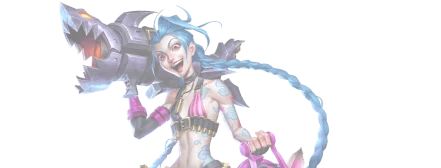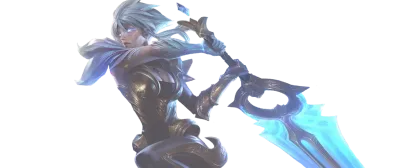Overwatch 2 Ranks: Complete Competitive Guide 2025
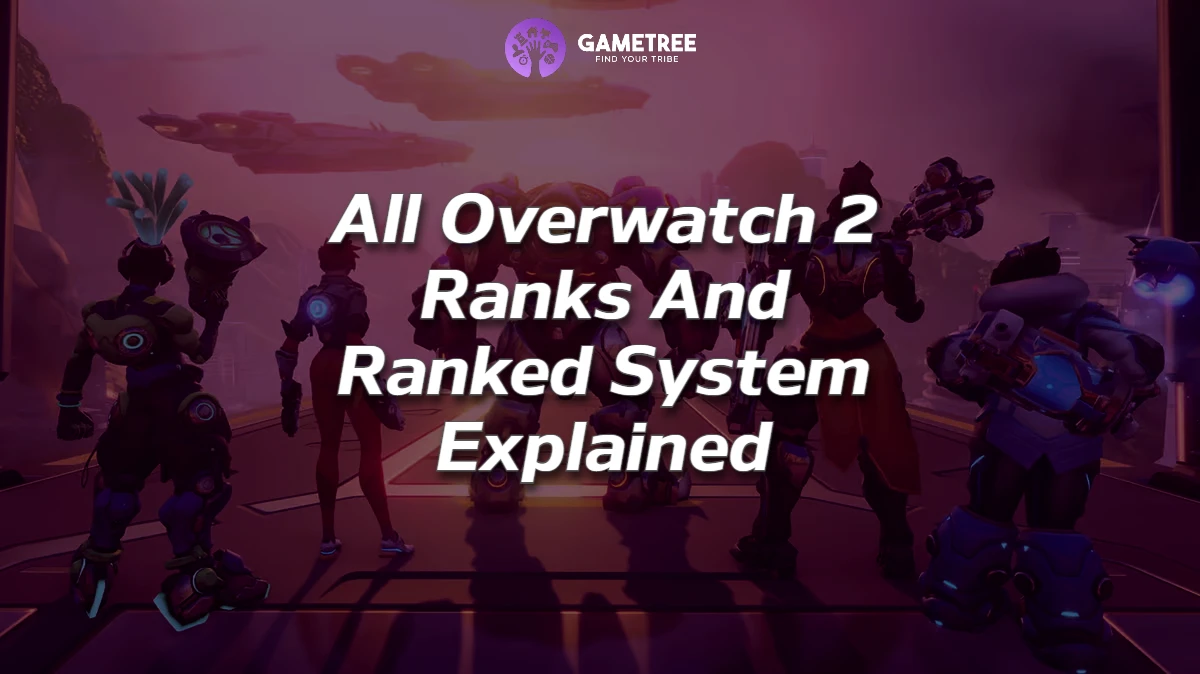
💡 Highlights
- There are nine ranks in Overwatch 2, from Bronze to Champion, plus a Top 500 leaderboard.
- Each of Overwatch 2 ranks is divided into 5 sublevels from 5 to 1.
- You should play 10 placement matches to determine your starting rank.
- There are two ranked modes: Role Queue gives separate ranks per role; Open Queue gives one universal rank.
- Ranked rewards include Competitive Points (CP) for wins and losses, redeemable for weapon skins.
With the release of Season 9, changes were made to the Overwatch 2 ranking system. These updates are designed to make matchmaking better and help players keep track of their progress more easily. I suggest taking a closer look at these changes and understanding all the intricacies in this article.
About Overwatch Competitive Ranking System
Before climbing the Overwatch ranks in competitive mode, you should play 10 calibration matches to determine your starting rank. After that, you will participate in ranked matches and compete with other players with approximately the same skills as you. After the match is completed, depending on the results, your rating will smoothly change in one direction or another. I’ll dive into details about the Overwatch tiers further in the article.
All Overwatch 2 Ranks In Order
There are nine Overwatch 2 ranks, each split into five levels. Level 5 is the starting point, and level 1 is the top tier. The ranks go from Bronze all the way up to Champion. Plus, there’s a special ranking called Top 500, which highlights the 500 best players in a certain role and on a specific platform for each region.
Overall, the Overwatch 2 ranking system looks like this:
| Rank | Lowest | Highest |
|---|---|---|
| Bronze | 5 | 1 |
| Silver | 5 | 1 |
| Gold | 5 | 1 |
| Platinum | 5 | 1 |
| Diamond | 5 | 1 |
| Master | 5 | 1 |
| Grandmaster | 5 | 1 |
| Champion | 5 | 1 |
| Top 500 | – | – |
How Does The Overwatch 2 Ranked System Work?
The Overwatch 2 rank system includes two modes – Role Queue and Open Queue.
In Role Queue, you choose the role you want to play in the match and ultimately receive an individual rank. In such a match, the composition by roles is strictly defined and looks like this — 1 tank, 2 damage heroes, and 2 supports.
In Open Queue, players choose any role they want and ultimately receive one universal rank.
At the end of the matches, you see detailed statistics on your progress regarding increasing or decreasing your Overwatch competitive rank.
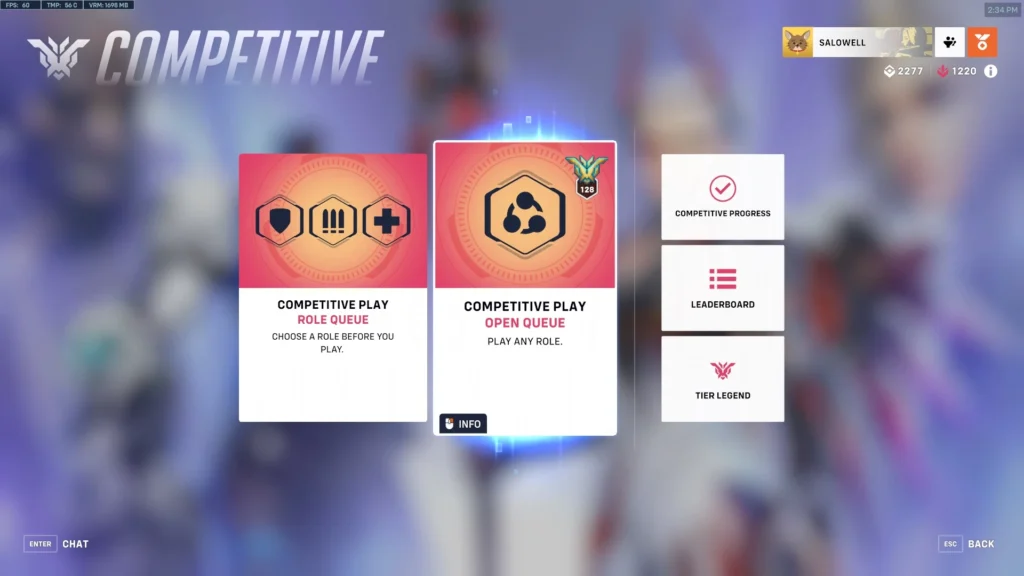
What Is SR?
The old Skill Rating (SR) system used to be this number that showed your Overwatch rank. But in Overwatch 2, they ditched the SR system and went with a tiered ranking system – like Bronze, Silver, Gold, and so on. Still, a lot of players throw around the term “SR” when they’re talking about ranks. It’s interesting to see how mixed opinions are about this new Overwatch 2 ranking system on Reddit, and honestly, I get it; it can definitely be a bit confusing.
Previously the rank distribution lokked as follows:
| Rank | SR requirement |
|---|---|
| Bronze | 1-1499 SR |
| Silver | 1500-1999 SR |
| Gold | 2000-2499 SR |
| Platinum | 2500-2999 SR |
| Diamond | 3000-3499 SR |
| Master | 3500-3999 SR |
| Grandmaster | 4000+ SR |
| Top 500 | – |
Note:
After season 9 patch notes this ranks and SR requirement are not working anymore, as Overwatch ditched the SR system.
About MMR System
MMR, or matchmaking rating, is a secret parameter that affects matchmaking in Overwatch 2 and compares the player’s performance and victories with other players. In this way, the system tries to select players of a similar performance level. In general, MMR is approximately equal to the player’s rank.
Placement Matches And Rank Resets
Placement Matches are calibration matches since all players start with a clean slate in Season 9. Players need to play 10 placement matches for the game to determine their initial Overwatch competitive rank. At the end of each calibration match, you will see detailed statistics with a predicted rank, and it will be clearer to you which division you are most likely to get into.
Rank Modifiers
At the end of a competitive match, you’ll see your progress toward the next skill level and a list of the different modifiers the game uses to determine how quickly you gain or lose rank:
- Win Streak – bonus for the number of wins in a row
- Loss Streak – penalty for the number of losses in a row
- Calibration – rank has not yet been determined.
- Uphill Battle – you won despite the situation that was not in your favor.
- Reversal – you lost, although the situation was in your favor and you should have won.
- Volatile – loss in calibration matches after increasing the rank.
- Expected – victory in a situation when you were expected to win.
- Consolation – loss in a situation when you were expected to lose.
- Demotion Protection – your rank will be lowered if you lose once again.
- Demotion – losing a match while being protected from lowering the rank.
- Wide – your group is wide so you gained or lost less rank.
- Pressure – you were pushing toward average at a high or low rank.
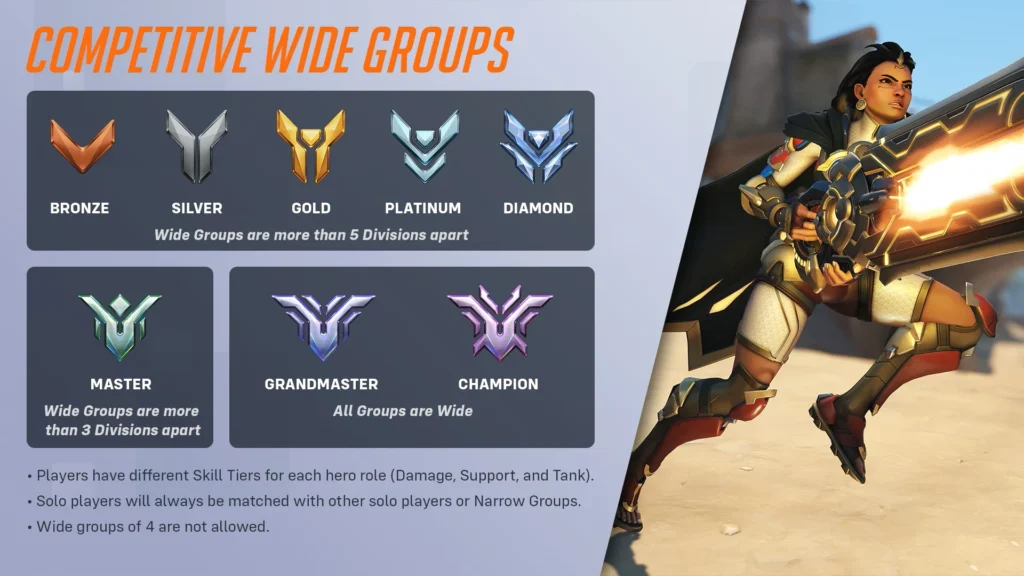
Ranked Rewards
Season 9 saw a significant overhaul of the ranked rewards system. All Competitive Points (CP) players earned before Season 9 were turned into Legacy Competitive Points (Legacy CP), which you can use to buy golden weapon skins.
CP earned in 2024 can only be used to purchase jade weapon skins. The CP you received at the end of each season based on your Overwatch ranking have been removed, but they can still be earned through Competitive Progression. For every 30 Competitive Progress Points, you receive 100 CP. Wins give 3 Competitive Progress Points, and losses and draws give 1. At the end of the year, CPs are converted into Legacy CPs, which can be used to purchase golden weapon skins.
At the end of a match in Season 9, players can receive the following amount of CP:
- Win – 10 CP
- Draw – 5 CP
- Loss – 0 CP
How To Unlock Ranked In Overwatch 2
Those who have been playing for a long time and have Overwatch 1 do not need to do anything – they already have access to ranked queues. New players need to do the following:
- Complete the First Time User Experience (FTUE) – an in-game introduction designed to introduce new players who created an account after October 4, 2022, to Overwatch 2.
- Make sure to verify your phone number.
- Win 50 Quick Play games.
- After that, Role Queue and Open Queue will become available to you.
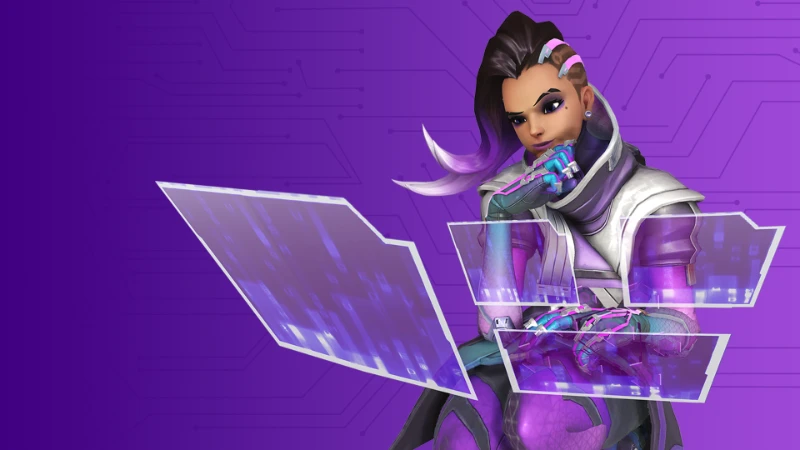
Differences In Gameplay Across The Ranks
The Overwatch 2 ranking system is organized in such a way that it pairs you with others in your skill range, so as you level up, you’ll face tougher competition. In the low ranks, you’ll run into complete beginners. When you hit the medium ranks, you’ll find a mix of players who are pretty experienced and others who are really skilled. Once you reach the high ranks, you’re up against folks who not only have amazing mechanics but also know the game inside and out, including all the heroes and maps. Playing at high ranks feels a lot like watching esports professionals in action.
How To Check Rank In Overwatch 2?
In order to check your rank in Overwatch 2, you need to do the following:
- Go to the main menu screen.
- Press Esc for PC or Start if you are playing on console.
- Select Career Profile in the menu that appears.
Tip:
In the Career Profile, you will find all the detailed information about your Overwatch competitive rank both in the current season and in previous ones.
How To Rank Up In Overwatch 2?
Overwatch 2 is a super fun game that makes the hours fly by, with a wide variety of male and female heroes with unique and playstyles. But just as the game is easy to pick up, it is also incredibly difficult to master. I’ve spent a lot of time grinding in this game to reach my current rank, and I’ve got some tips to help you climb the OW2 ranks faster.
Master A Few Heroes
Pick the heroes you like best and focus on getting really good with them. Make sure to keep up with the developer updates and the current meta to see if your main heroes get any buffs or nerfs. Don’t even try to master all characters! It’s better to play a few of them well than to be an average player with any hero.
Communicating With Your Team Is The Key
Playing with randoms can definitely help you get better at the mechanics, but working as a team is a whole different ball game. If you really want to develop fast, it’s a good idea to find some players who are just as into it as you are and train with them regularly. You can check out LFG servers on Discord or download the GameTree app, which greatly simplifies the matchmaking and introduces you to players who match your Overwatch rank and style of play.
Study Maps
Remember that a detailed understanding of maps is one of the key factors that contribute to victory. You must know the map well, the names of key places, basic and advanced tactics, and what compositions can be used to play according to a particular strategy on a section of the map. You must be able to read the map, promptly react to the enemy’s movement, and effectively communicate this to the team and coordinate your actions.
Work On Your Mechanics
Train your aim, movement, and ability management. This is true for all shooter games like Overwatch 2. There are special training programs for aim that will help you boost your reflexes. Also, study training videos for your main heroes to better understand all their subtleties and what you need to pay attention to. And, of course, the most important thing is to have more practice – with practice, your aim and cooldown timings will gradually become automatic.
Review Your Gameplay And Learn From Your Mistakes
Many Overwatch 2 fans recommend watching streams of professional players. But I’ll tell you this: it’s equally important to analyze your mistakes to climb the Overwatch ranks. You will become a better player if you watch your replays and analyze your mistakes, understand what led to certain results, and adjust your actions in the future.
Enjoy Playing Overwatch 2? Find People Who Share Your Interests
If you want to advance through the ranks in Overwatch 2 quickly, you need a well-coordinated team. You can find motivated players on GameTree – an application for fast and high-quality matchmaking. Thanks to AI filters, we help you find like-minded people of the appropriate level and style of play. This way, you will be able to play not with randoms but with people who are interested in progressing in Overwatch 2 and want to develop together with you. In addition, GameTree is all about pleasant communication among video game fans. Download GameTree today and master Overwatch 2 together with like-minded people!
Final Thoughts
Overwatch 2 is such a fun and challenging shooter, especially when you find people to play with who are all about improving and leveling up together. In this article, I shared some insights on how the ranking system works in Overwatch 2 and offered tips to help you climb the ranks faster. Hope they make your gaming experience even better!
Frequently Asked Questions
Can I Play With Friends Who Are In A Different Rank Than Me?
Yes, but there are some limitations within the OW2 ranking system. Bronze, Silver, Gold, Platinum, and Diamond can play with players within two skill tiers. Players of the Master rank and higher can play with each other within one skill tier.
What Overwatch Ranks Are There?
There are the 9 Overwatch ranks in order: Bronze, Silver, Gold, Platinum, Diamond, Master, Grandmaster, Champion, and Top 500.
How Does The Overwatch 2 Ranked Mode Work?
After the player gains access to the ranked mode, they play 10 calibration matches and receive their initial rank. Then, at the end of each match, the player progresses either towards an increase in rank or a decrease. At the end of each season, the ranks are reset.
What Is A Good Rank In OW2?
Ranks from Platinum to Master can be considered the golden mean for casual players.



